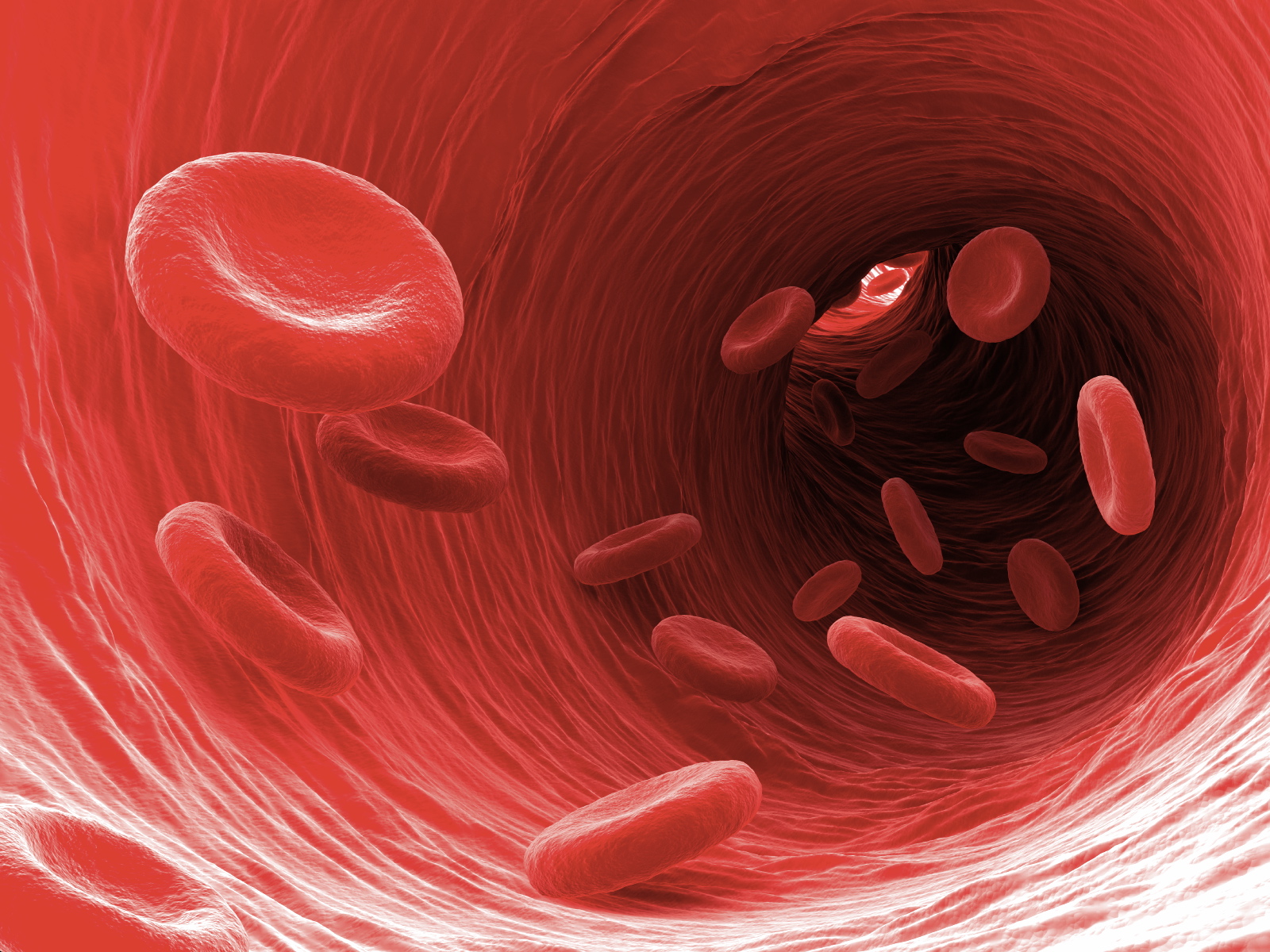
A Universal Vaccine Against Any Viral Variant? A New Study Suggest It’s Possible An alternative strategy is to break the cycle with a universal vaccine that can train the body to recognize a virus despite mutation.
Such a vaccine could eradicate new flu strains, even if the virus has transformed into nearly unrecognizable forms. The strategy could also finally bring a vaccine for the likes of HIV, which has so far notoriously evaded decades of efforts.
This month, a team from UC California Riverside, led by Dr. Shou-Wei Ding, designed a vaccine that unleashed a surprising component of the body’s immune system against invading viruses.
In baby mice without functional immune cells to ward off infections, the vaccine defended against lethal doses of a deadly virus.
“It’s an incredible system because it can be adapted to any virus,” Dr. Olivier Voinnet at the Swiss Federal Institute of Technology, who championed the theory with Ding, told Nature in late 2013.
Here’s the kicker: Vaccines based on antibodies usually target one or two locations on a virus, making them vulnerable to mutation should those locations change their makeup.
RNA interference generates thousands of siRNA molecules that cover the entire genome-even if one part of a virus mutates, the rest is still vulnerable to the attack.
This powerful defense system could launch a new generation of vaccines.
In the 2013 study in Science, Ding and colleagues suggested mammals also have an antiviral siRNA mechanism-it’s just being repressed by a gene carried by most viruses.
To prove the theory, the team genetically engineered a virus without a functioning B2 gene and tried to infect hamster cells and immunocompromised baby mice.
Called Nodamura virus, it’s transmitted by mosquitoes in the wild and is often deadly.
Even a lethal dose of the virus lost its infectious power.
Many vaccines contain either a dead or a living but modified version of a virus to train the immune system.
When faced with the virus again, the body produces T cells to kill off the target, B cells that pump out antibodies, and other immune “Memory” cells to alert against future attacks.
Their effects don’t always last, especially if a virus mutates.
These viruses can be formulated into a new type of vaccine, which the team has been working to develop, relying on RNA interference to ward off invaders.
The resulting flood of siRNA molecules triggered by the vaccine would, in theory, also provide some protection against future infection.
“If we make a mutant virus that cannot produce the protein to suppress our RNAi , we can weaken the virus. It can replicate to some level, but then loses the battle to the host RNAi response,” Ding said in a press release about the most recent study.
“A virus weakened in this way can be used as a vaccine for boosting our RNAi immune system.”
In the study, his team tried the strategy against Nodamura virus by removing its B2 gene.
In just two days, the single shot fully protected the mice against a deadly dose of virus, and the effect lasted over three months.
Because of their weakened immune systems, current vaccines aren’t always as effective.
The team is already working on a new flu vaccine, using live viruses without the B2 protein.
If successful, the vaccine could potentially be made as a nasal spray-forget the needle jab.
If their siRNA theory holds up, such a vaccine might fend off the virus even as it mutates into new strains.
This vaccine strategy is “Broadly applicable to any number of viruses, broadly effective against any variant of a virus, and safe for a broad spectrum of people,” study author Dr. Rong Hai said in the press release.
“This could be the universal vaccine that we have been looking for.”
